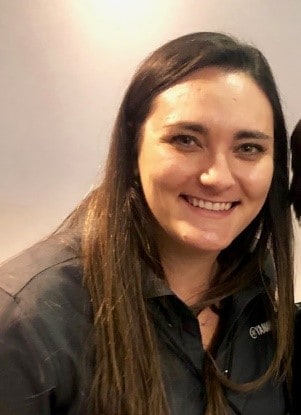THE VBP Blog
One of the greatest areas of concern when we discuss capitation, is that it is “all or nothing.” However, that is not the case. In the development of Value Based Payments, there are ample opportunities to incorporate partial capitation, for specific services, events/episodes, and even treatments.
As value-based options continue to take on more risk, we find ourselves looking at every alternative option. Capitation, as we covered in the last blog, has many potential positives for the consumer, physician, and managed care organizations (MCO). Full capitation can be a hard sell for some doctors as they want some flexibility as they create innovative ways to treat patients. That lands us squarely on sub capitation (aka partial capitation) as a less risky alternative to global capitation.
Partial capitation would put a cap on routine services such as common diagnoses, family care, and preventative care while continuing a fee-for-services (FFS) model for more intensive diagnoses such as cardiac care, cancer, or a complicated child birth. This balance between an FFS payment and a cap payment is an ideal stepping stone for physicians as they move towards value-based payments (VBP).
As with all the changes from FFS to VBP, it all comes down to who is taking the risk. Fee for services paid places the risk squarely on the shoulders of the payers. This leaves most consumers and healthcare providers with a lot of uncertainty as to what those costs would be. The capitation model shifts the risk to the healthcare provider and provides a form of insurance to the payer that they won’t be overcharged for care. By blending both of these models, there is assumed risk on both sides of the table, thus increasing the overall quantity of care.
With less risk, there may be less reward. The lower potential financial gains can also affect how incentivized a physician or hospital may be to cut costs. As an example, given by healthmanagement.com, “a provider organization that is accepting only PCP capitation may choose to refer members to an emergency room rather than expand to weekend hours. By creating a shared savings opportunity for non-capitated services that problem could be solved.” Also, even though there is less risk, providers must be aware of overall costs and understand how much of their client mix is under capitation payments versus non-capitated payments, in order to stay financially sound.
In Managed Long-Term Care (MLTC) we are seeing partial capitation in a big way. As one of their five plan options, partial capitation can be paired with Medicaid or Medicare to ensure you are fully covered. As an example, Medicaid MLTC could cover home care, private duty nursing, physical therapy, eyeglasses and vision care, transportation, dental care, etc. New York has creating fifteen public “program-focused managed care plans” that focus on the elderly and the disability Medicaid beneficiaries. A majority of the people on this program will benefit from sub capitation as well as the fully capitated models called PACE, MAP, & FIDA.
Centers for Medicare and Medicaid Services (CMS) recently launched a new five-year initiative called Primary Care First that will also utilize partial capitation. The new project is a voluntary program that rewards value and quality through innovative payment model structures in primary care. Using the baseline principals of the existing CPC+ model design which are prioritizing the doctor-patient relationship, enhancing care for patients with complex chronic needs, and focusing on financial rewards on improved health outcomes. The one major difference is this initiative will focus on primary care. With a focus on streamlining to payment process and rewarding physicians for high value care, this project will rest heavily on sub capitation. Read more on the Primary Care First program here.
Advocate’s Perspective: As a provider, sub capitation is an incredible way to break through the complexity of value-based payments. We have demonstrated that with a lower risk, and paired with with FFS services models, this is a highly attractive way for providers to create stable income while still being innovative with some techniques. As consumers, is partial capitation right for us? We think it might be, as it focuses the quality initiatives on those treatments and services where a specific impact can be derived. It can offer something many of the other models can’t, and that is flexibility.
This blog is part of the “Break Through Value Based Payments” blog series. Our goal is to share with you the ins and outs of VBP and what to expect soon. While focusing on the facts, we will always stand up for consumers and do our utmost to share an advocate’s perspective.
Onward!
Fady Sahhar & Mandy Sahhar

About the Author
Fady Sahhar brings over 30 years of senior management experience working with major multinational companies including Sara Lee, Mobil Oil, Tenneco Packaging, Pactiv, Progressive Insurance, Transitions Optical, PPG Industries and Essilor (France).
His corporate responsibilities included new product development, strategic planning, marketing management, and global sales. He has developed a number of global communications networks, launched products in over 45 countries, and managed a number of branded patented products.

About the Co-Author
Mandy Sahhar provides experience in digital marketing, event management, and business development. Her background has allowed her to get in on the ground floor of marketing efforts including website design, content marketing, and trade show planning. Through her modern approach, she focuses on bringing businesses into the new digital age of marketing through unique approaches and focused content creation. With a passion for communications, she can bring a fresh perspective to an ever-changing industry. Mandy has an MBA with a marketing concentration from Canisius College.